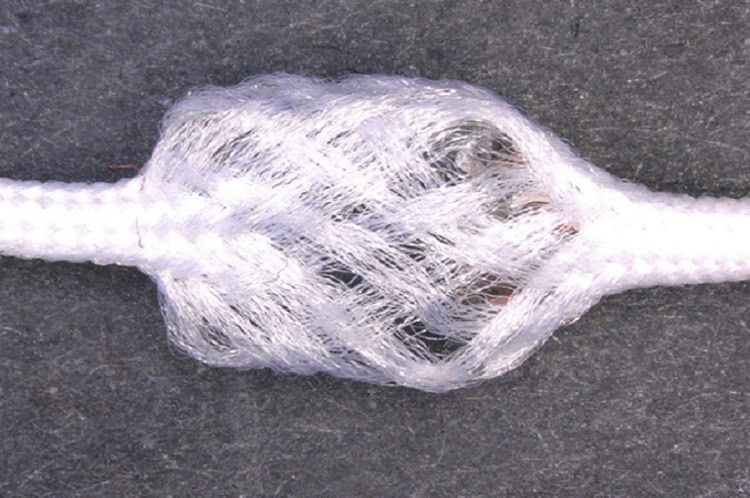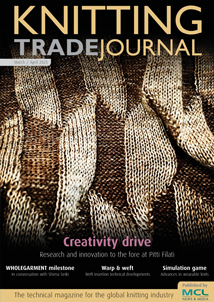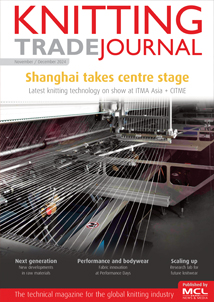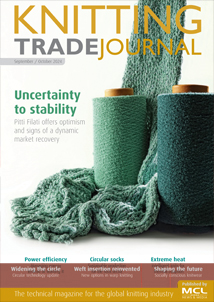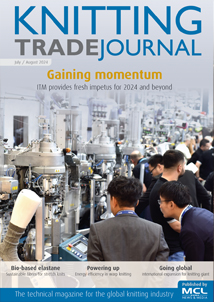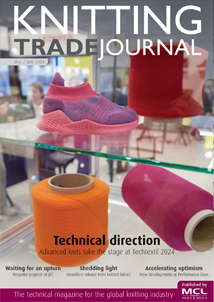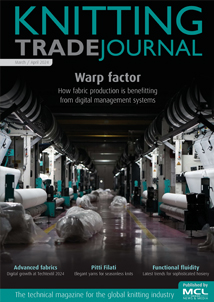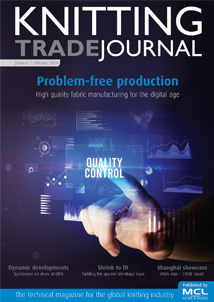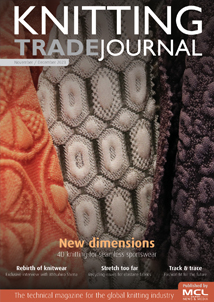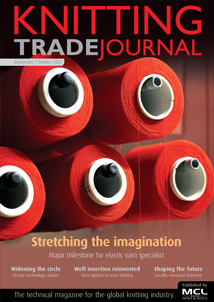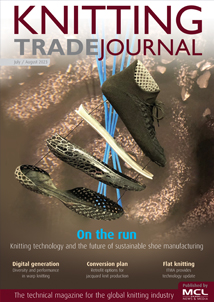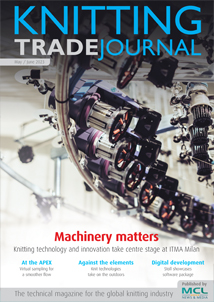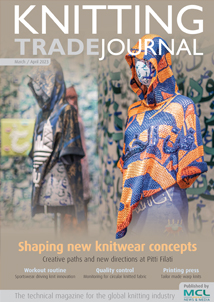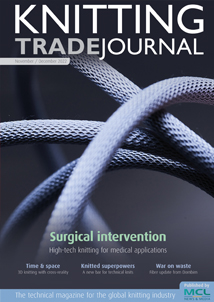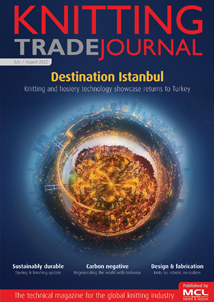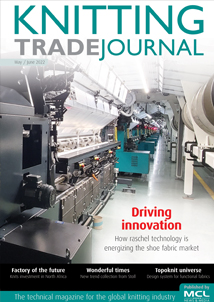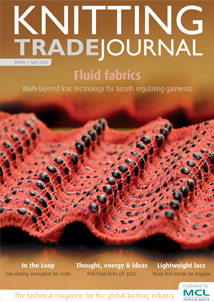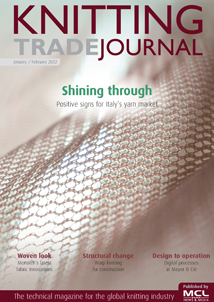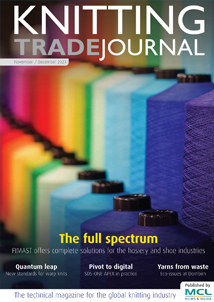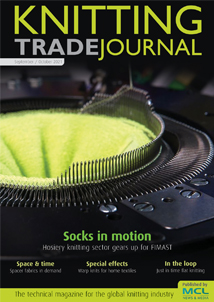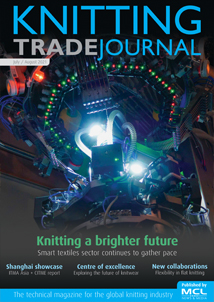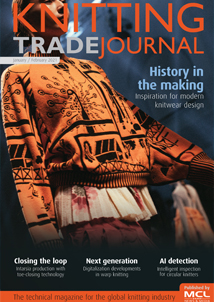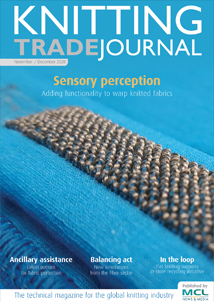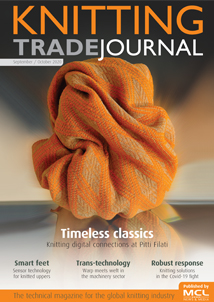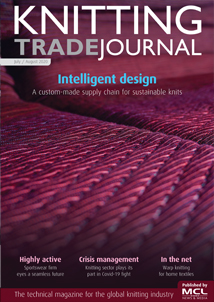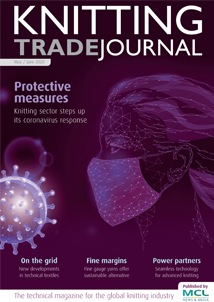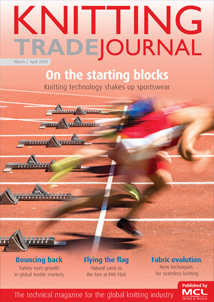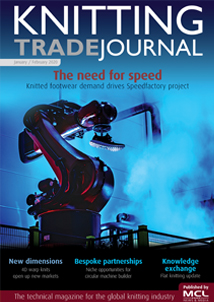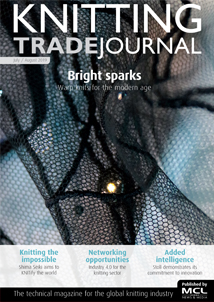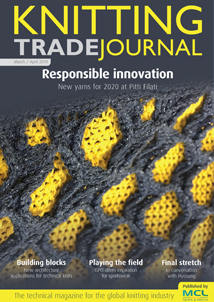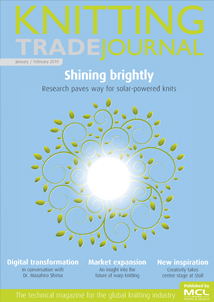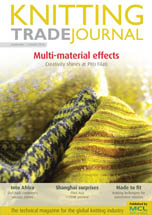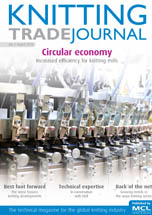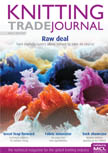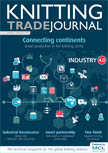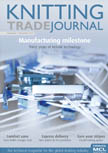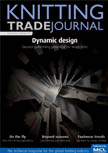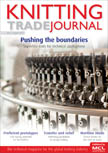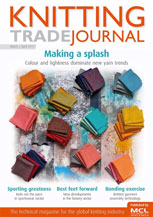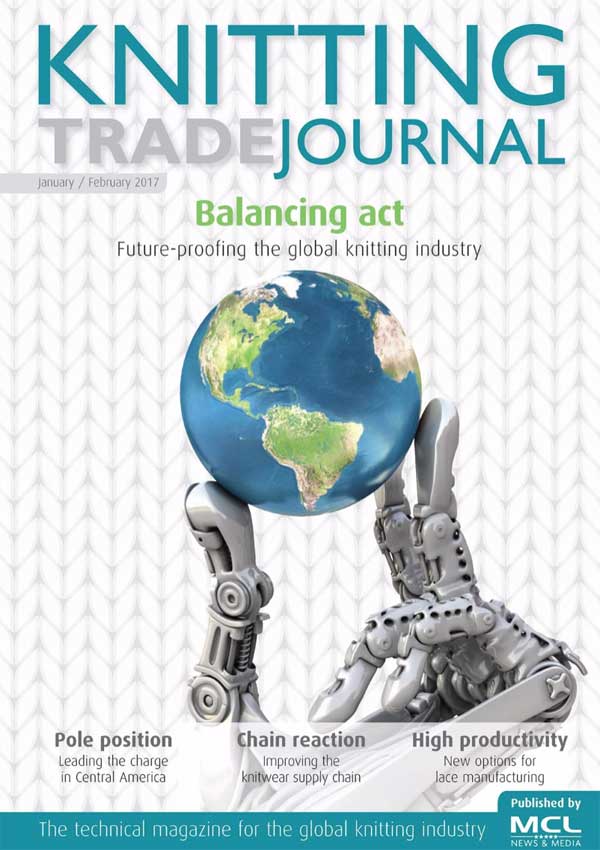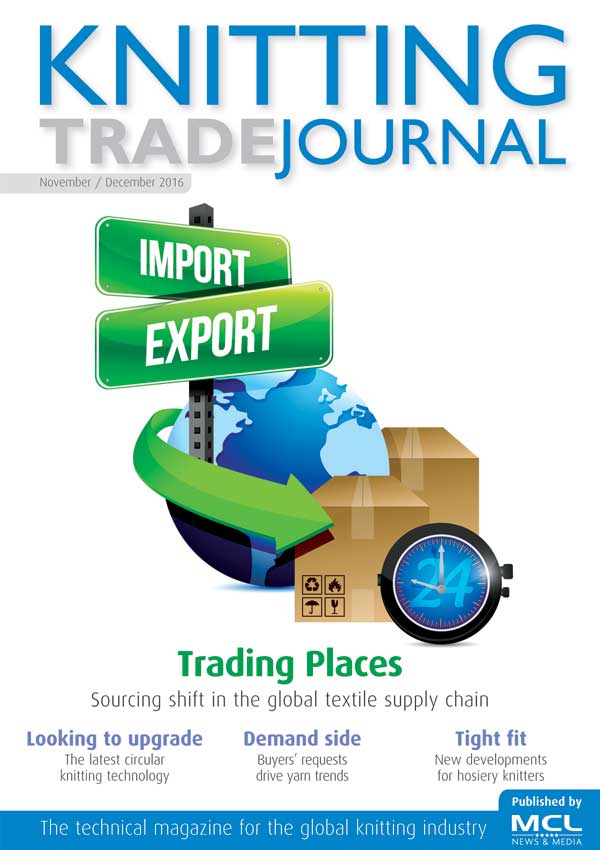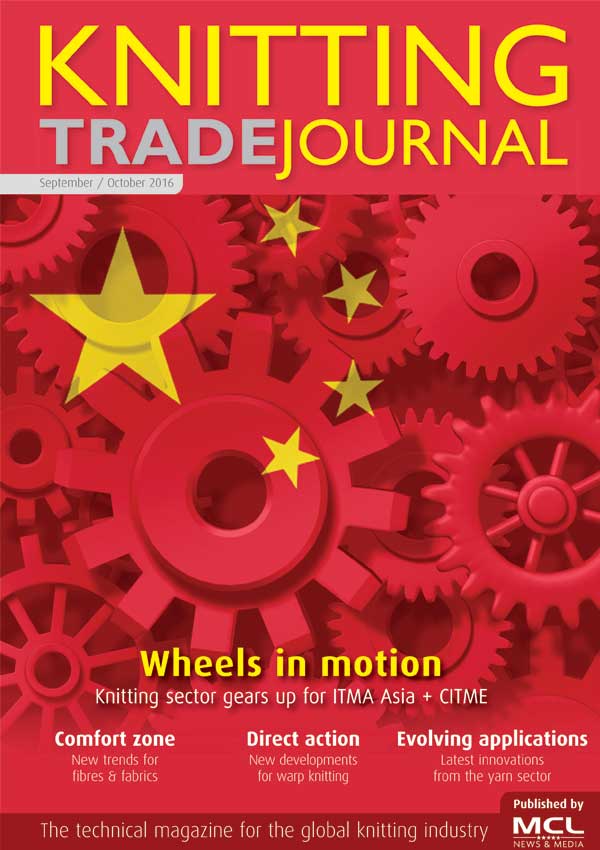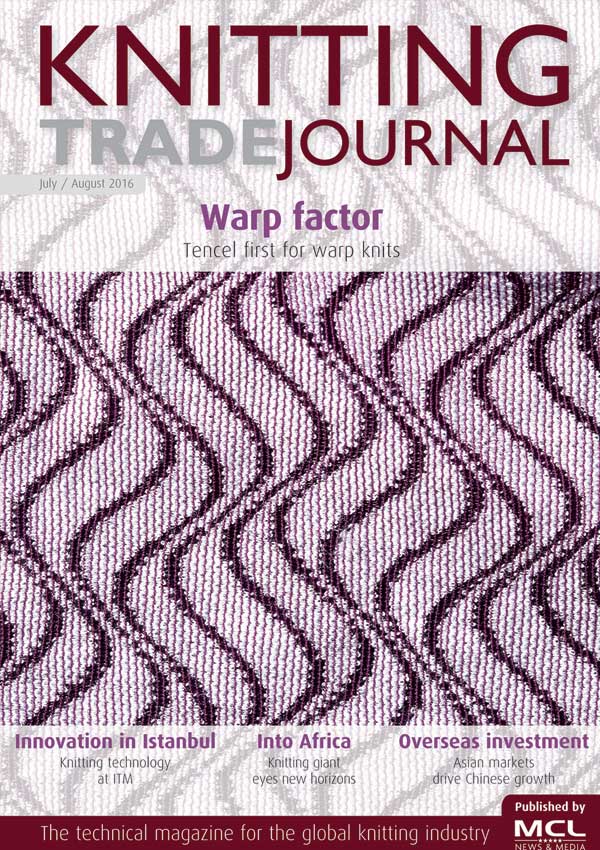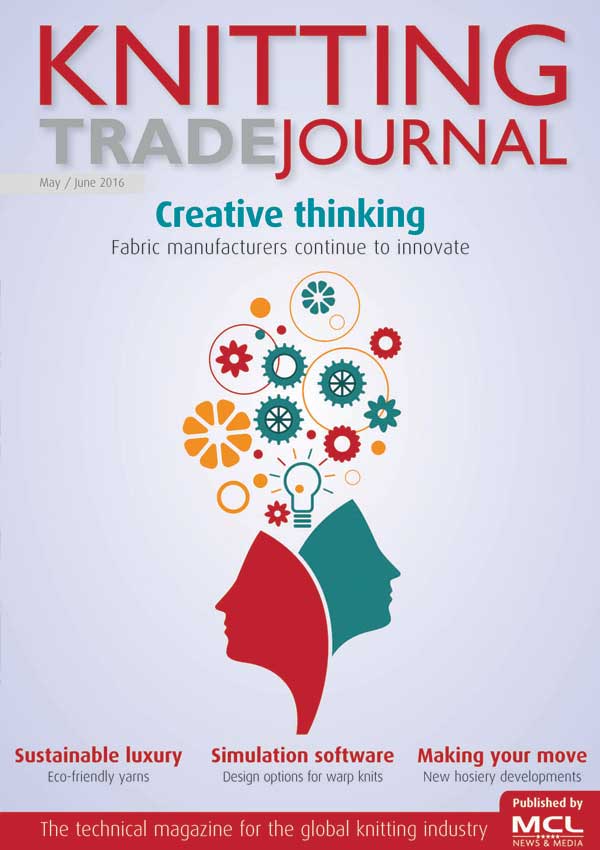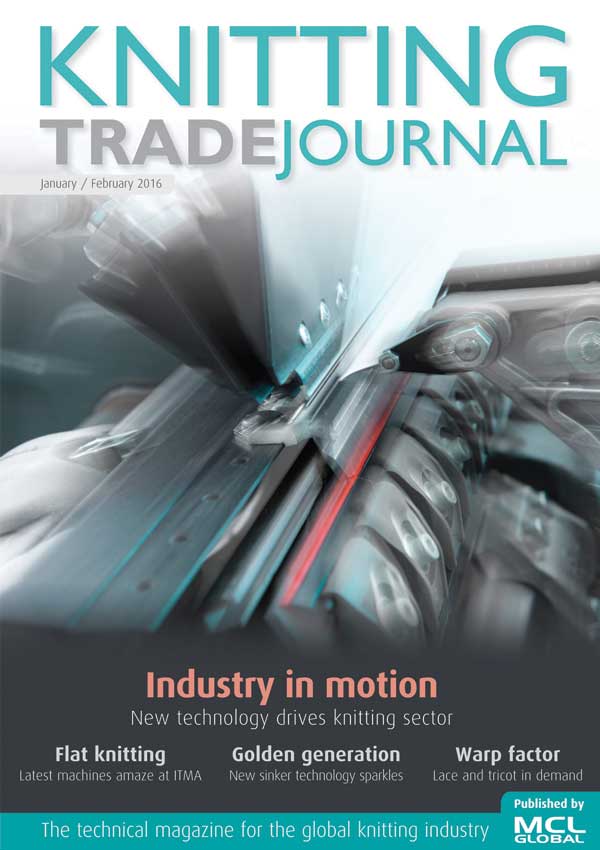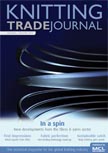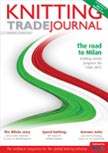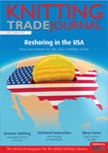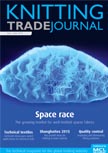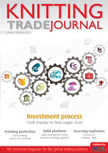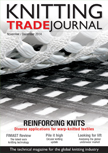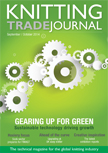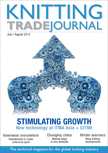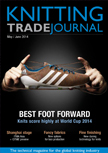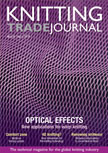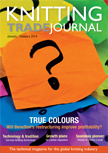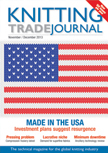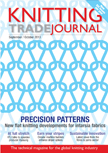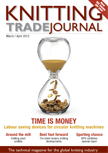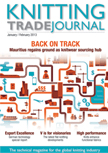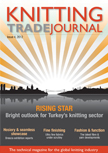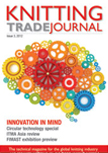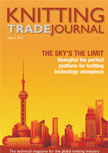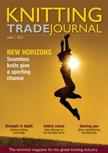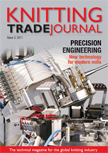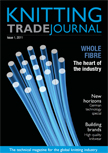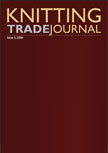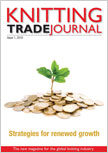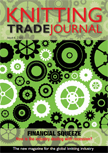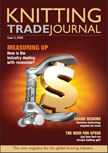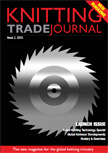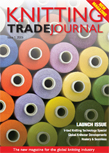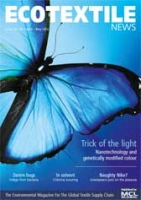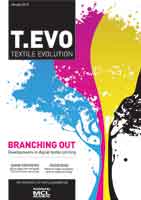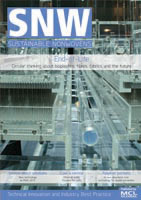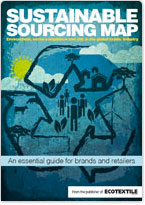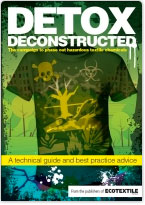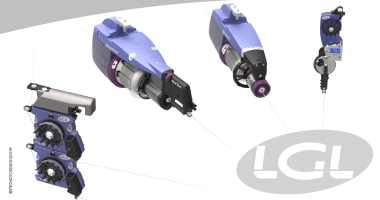Nottingham - Older people will be alerted to the increased risk of falls thanks to a new smart sock created by electronic textiles experts at the UK's Nottingham Trent University.
Researchers created a prototype over-sock, which detects near-falls with more than 94 per cent accuracy, which can inform carers and professionals so that action can be taken to prevent an actual fall happening.
Near-falls – which include slips, trips or stumbles - are an independent predictor of substantial falls and research shows that they may help clinicians assess the fall risk in older adults.
“Falls can be devastating to the quality of life of older people,” said Dr Theodore Hughes-Riley, of the Advanced Textiles Research Group (ATRG) at Nottingham School of Art & Design, who is an associate professor in electronic textiles. “And with a rise in the ageing population, falls will only continue to have a significant impact on older people, causing loss of confidence and increased frailty.
“Only an estimated third of older people return to independent living following a hip fracture, for instance, which is a common injury to occur after a fall. So being able to detect near-falls will allow older people and their carers to take action before a potentially life-changing fall happens.”
The over-sock – which features a tiny motion sensor embedded at the ankle – can be connected to an internet enabled device, like a phone, via a detachable microcontroller using Bluetooth. The electronic circuitry it contains is so tiny that it cannot be felt by the wearer, and the motion sensor is encapsulated in a resin so it is fully washable like an ordinary item of clothing.
An algorithm can process the data and spot any unusual motion and differentiates between a fall or a near-fall. The aspiration is that once the over-sock detects an actual fall, then the technology alerts emergency care workers so that life-saving action can be taken if necessary.
Human trials show that the technology can detect falls with 99.4 per cent accuracy, and near-falls with 94.2 per cent accuracy. The research has been published by Electronic Textile Materials academic journal.
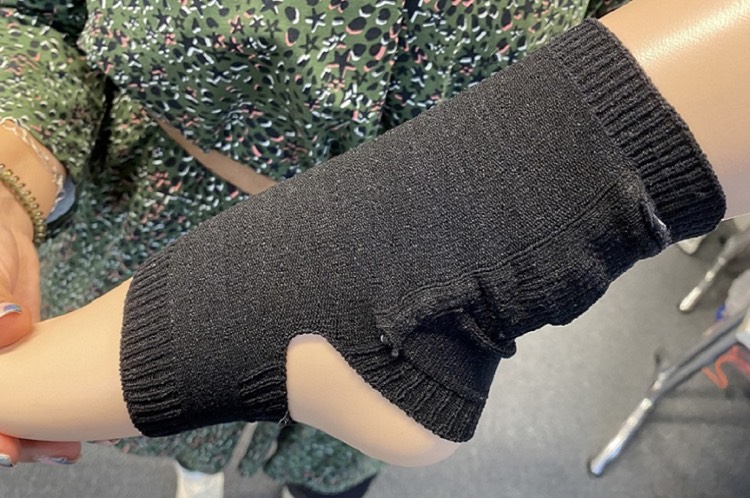
The research results are the cumulation of Researcher Zahra Rahemtulla’s PhD studies, who said: “As well as detecting near-falls, it is important that the technology can raise the alarm when somebody has had an actual fall and badly injured themselves.
“When an older person experiences a fall, they can be left unconscious or immobile on the floor for a long period of time and unable to call for help.
“So by alerting carers and medical professionals to falls in real time, older people will be able to receive the treatment that they may badly need, which could help save lives.”



